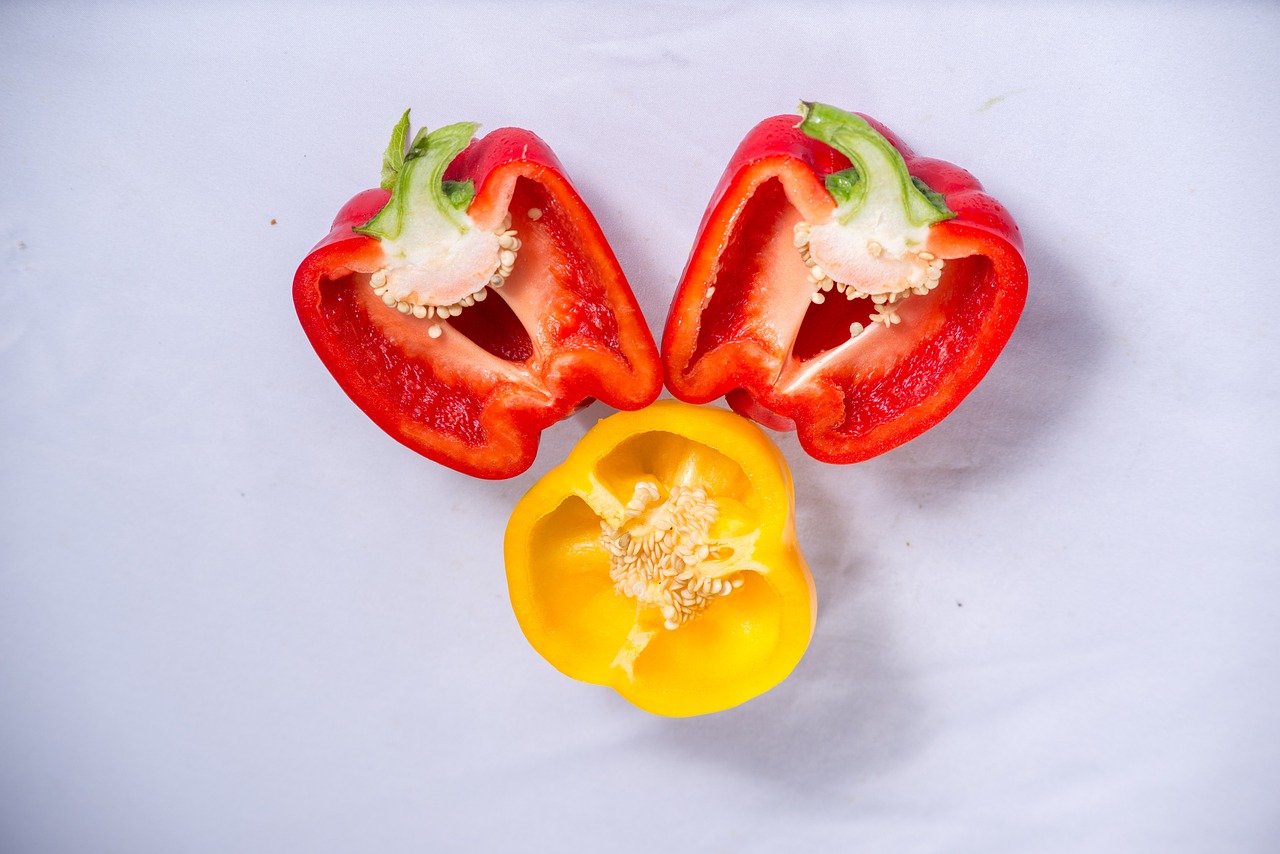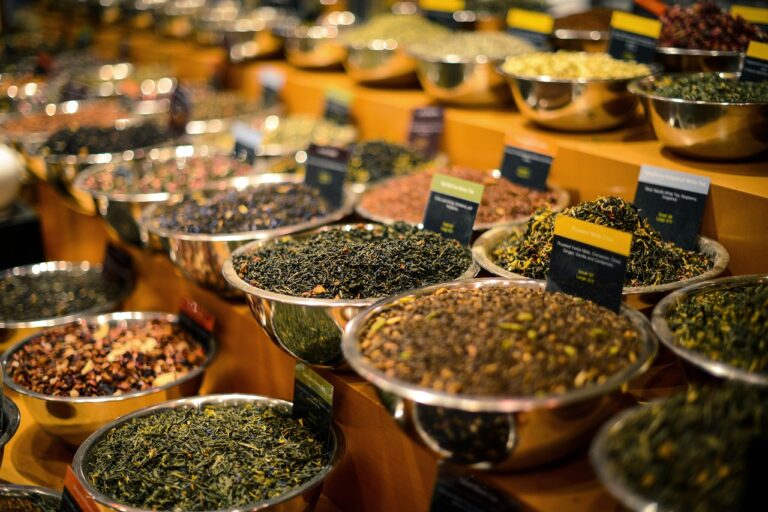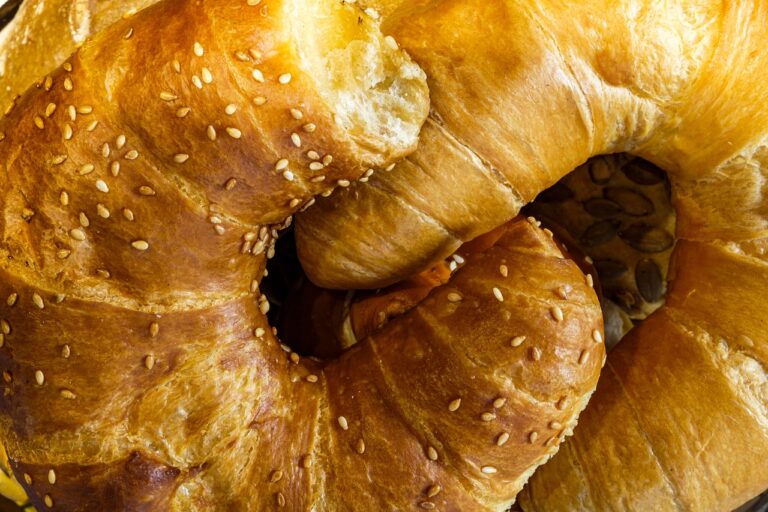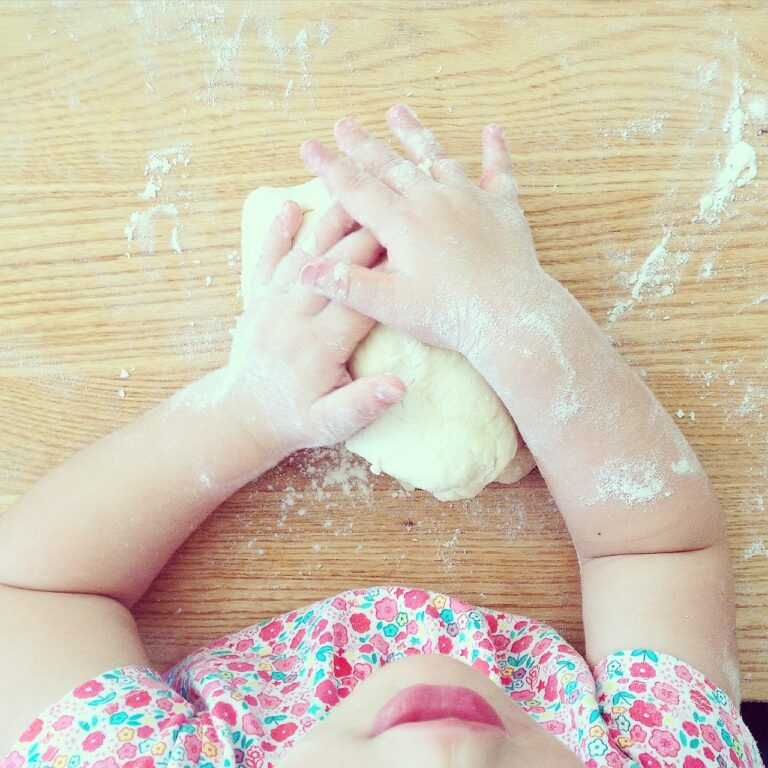The Psychology of Food Presentation: Influencing Consumer Perception: Skyexch, World777, Goldsbet login
skyexch, world777, goldsbet login: The Psychology of Food Presentation: Influencing Consumer Perception
Have you ever noticed how the presentation of a dish can affect your perception of its taste? The way food is arranged on a plate can have a significant impact on how we perceive its flavor, quality, and even value. This phenomenon is known as the psychology of food presentation, and it plays a crucial role in influencing consumer behavior in the food industry.
In this article, we’ll explore the various ways in which food presentation can influence consumer perception and behavior. From the placement of ingredients to the use of color and texture, every aspect of how food is presented can have a profound effect on how we experience it. So let’s dig in and discover the secrets behind the psychology of food presentation.
The Power of Visual Appeal
When it comes to food, we often eat with our eyes first. The visual appeal of a dish can make or break our desire to try it, regardless of how it actually tastes. Studies have shown that people are more likely to choose a dish that looks visually appealing, even if they have never tasted it before.
Food presentation is all about creating a visually pleasing experience for the consumer. This can be achieved through the use of vibrant colors, contrasting textures, and creative plating techniques. By appealing to our visual senses, food presentation can stimulate our appetite and make us more inclined to try new and unfamiliar dishes.
The Importance of Plating Techniques
Plating techniques play a crucial role in food presentation. The way a dish is arranged on a plate can affect how we perceive its taste and quality. For example, food that is neatly arranged and garnished with herbs or sauces can give the impression of attention to detail and care in preparation. On the other hand, a messy or haphazardly plated dish can make us think that it was prepared hastily or without much thought.
Chefs and food stylists often use various plating techniques to enhance the visual appeal of a dish. This can include layering ingredients, creating height and dimension, and using garnishes to add color and texture. By incorporating these techniques, they can create a visually stunning presentation that captivates the consumer and entices them to try the dish.
The Influence of Colors and Textures
Colors and textures also play a significant role in food presentation. Different colors can evoke specific emotions and associations, while textures can add depth and dimension to a dish. For example, vibrant colors like red and yellow are often associated with freshness and flavor, while earthy tones like brown and green can evoke feelings of health and sustainability.
Textures, such as crunchy, creamy, or silky, can also enhance the sensory experience of eating. Combining contrasting textures in a dish can create a more dynamic and interesting eating experience, making the food more satisfying and enjoyable to consume. By carefully selecting colors and textures in food presentation, chefs can create dishes that not only look appealing but also taste delicious.
Creating a Memorable Dining Experience
In the age of social media, food presentation has become more important than ever. Consumers are increasingly sharing photos of their meals on platforms like Instagram, Facebook, and Pinterest, making the visual appeal of dishes a crucial factor in attracting customers. Restaurateurs and food manufacturers are now investing more in food styling and presentation to create dishes that are not only delicious but also visually stunning.
By understanding the psychology of food presentation, chefs and food stylists can create dishes that leave a lasting impression on consumers. Whether dining in a restaurant or ordering takeout, the way a dish is presented can influence how we perceive its value, quality, and taste. From fine dining establishments to fast-food chains, food presentation is a powerful tool that can be used to enhance the overall dining experience and drive consumer behavior.
In conclusion, the psychology of food presentation is a fascinating field that explores the intricate ways in which the presentation of food can influence consumer perception and behavior. From visual appeal to plating techniques, colors, and textures, every element of food presentation plays a crucial role in shaping how we experience and interact with food. By understanding these principles, chefs and food stylists can create dishes that not only look beautiful but also taste delicious and leave a lasting impression on consumers.
So next time you sit down to enjoy a meal, take a moment to appreciate the thought and care that went into its presentation. You may find that the way your food is presented can have a profound impact on how you perceive and enjoy it. Happy dining!
FAQs:
Q: Can food presentation really affect how we perceive the taste of food?
A: Yes, studies have shown that the presentation of food can impact how we perceive its taste. A visually appealing dish is more likely to be perceived as tastier than one that is not as visually appealing.
Q: How can colors and textures influence food presentation?
A: Colors can evoke specific emotions and associations, while textures can add depth and dimension to a dish. By carefully selecting colors and textures, chefs can create dishes that are not only visually stunning but also delicious to eat.
Q: Why is food presentation important in the food industry?
A: Food presentation is important in the food industry because it can influence consumer perception and behavior. A well-presented dish can attract customers, enhance the dining experience, and ultimately drive sales.
Q: How can I improve my food presentation skills?
A: To improve your food presentation skills, you can practice plating techniques, experiment with colors and textures, and study the principles of food styling. You can also draw inspiration from professional chefs and food stylists to enhance your skills.







